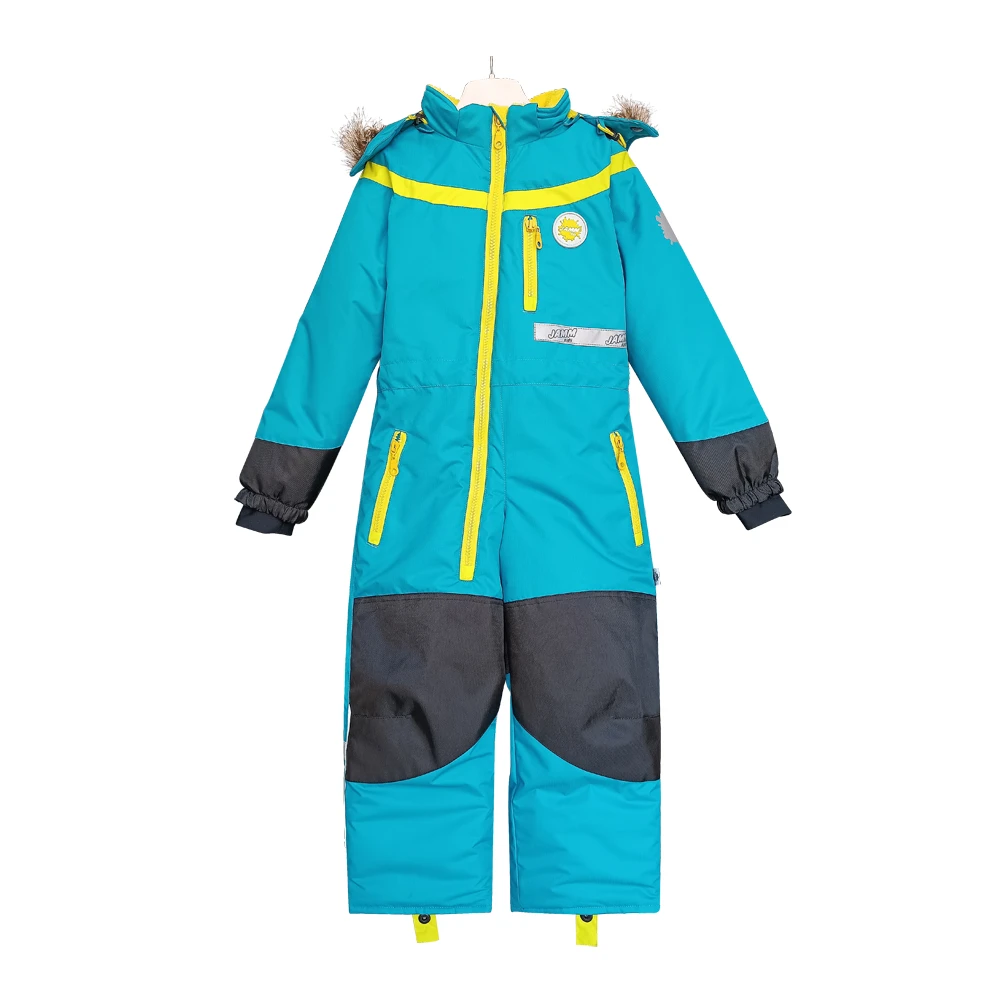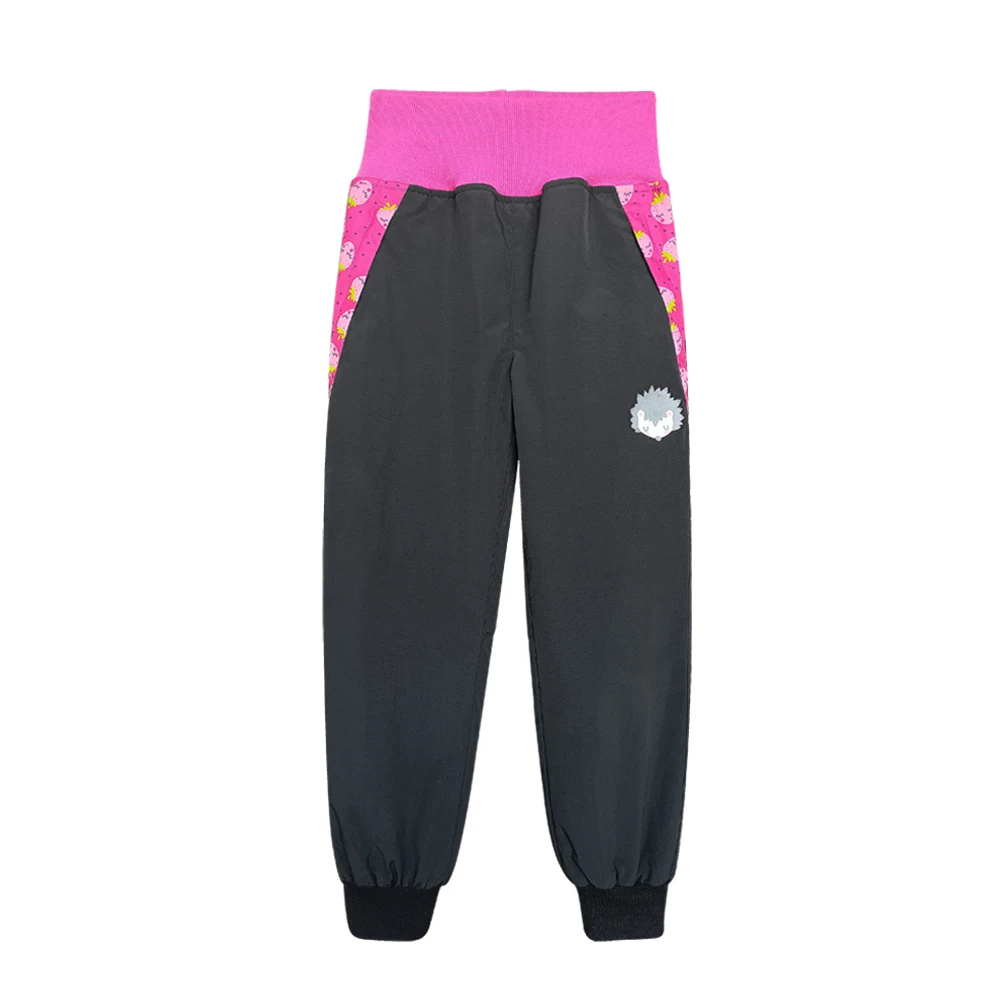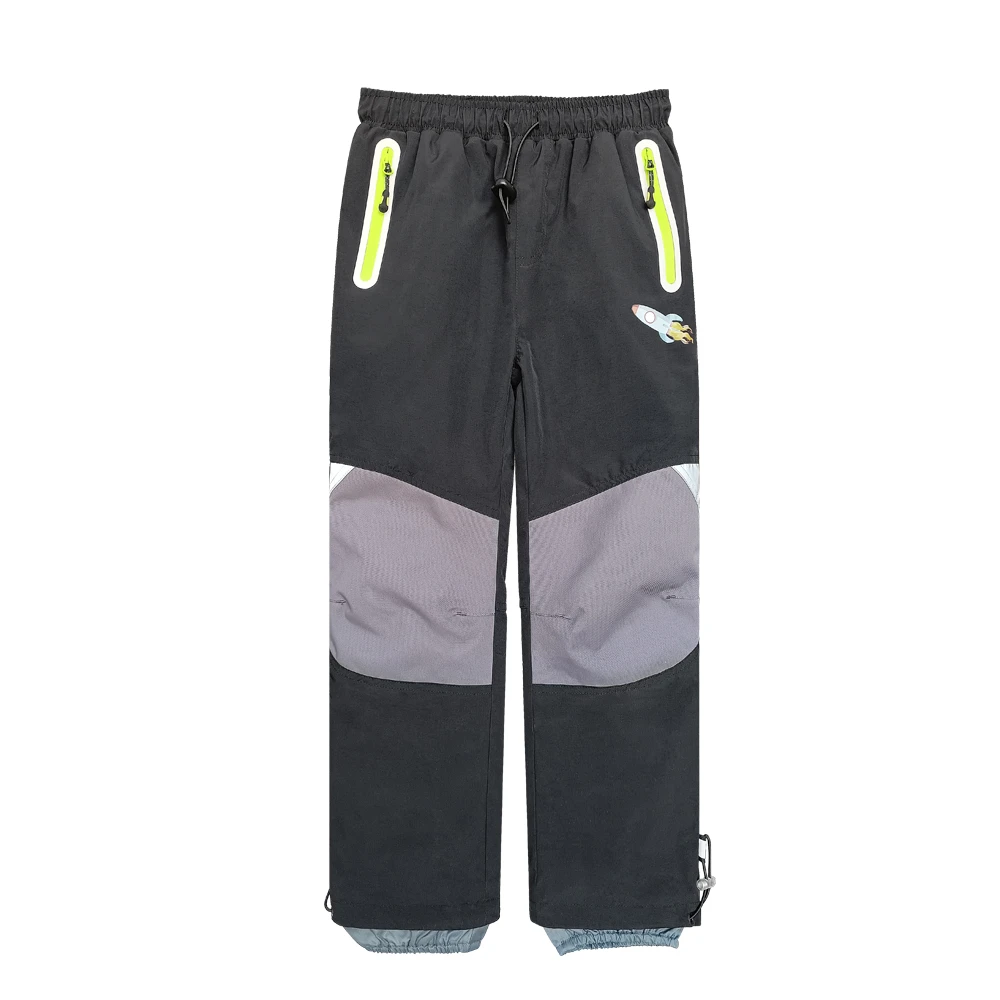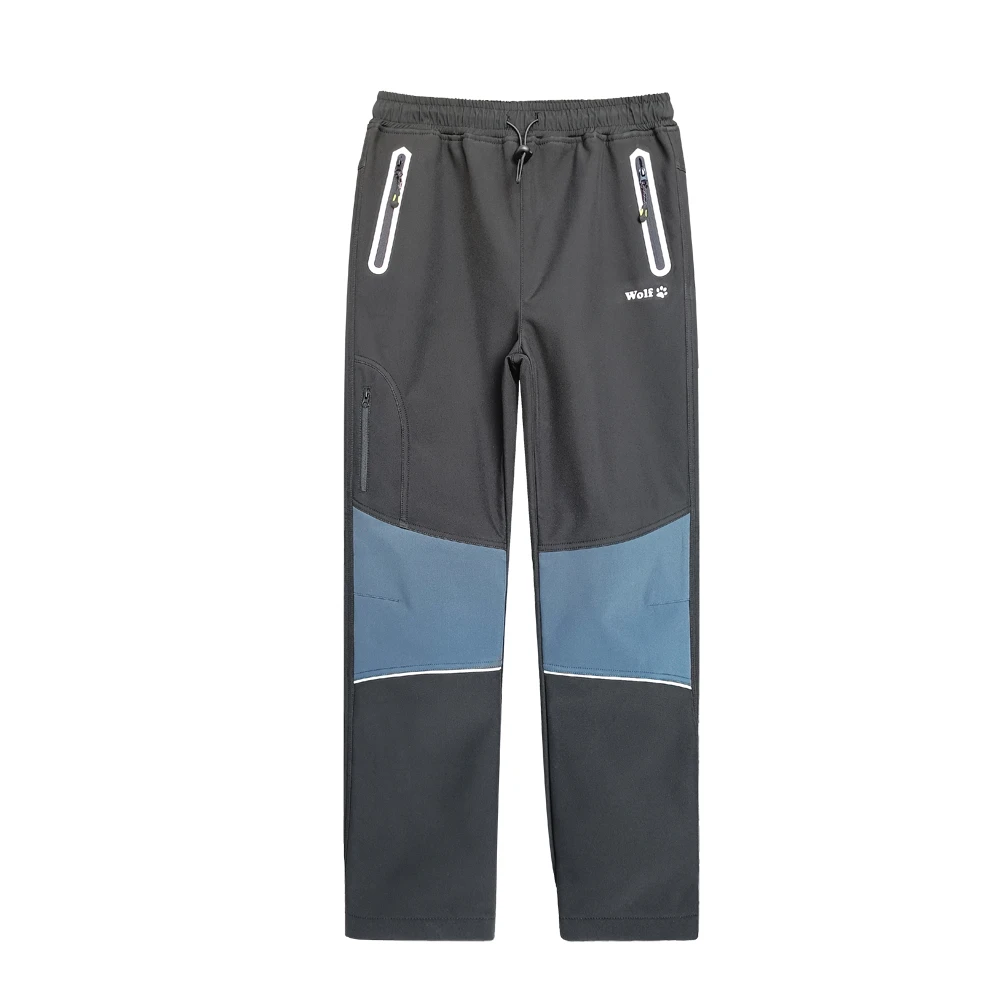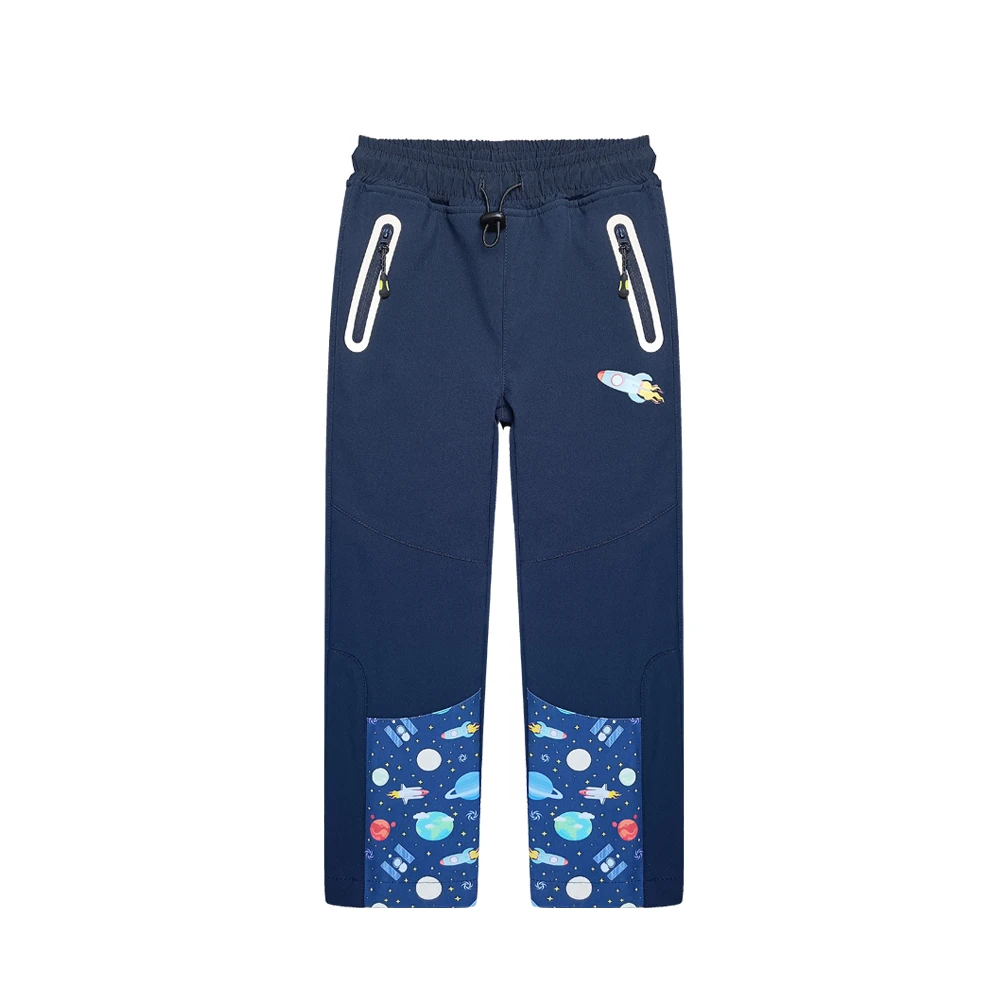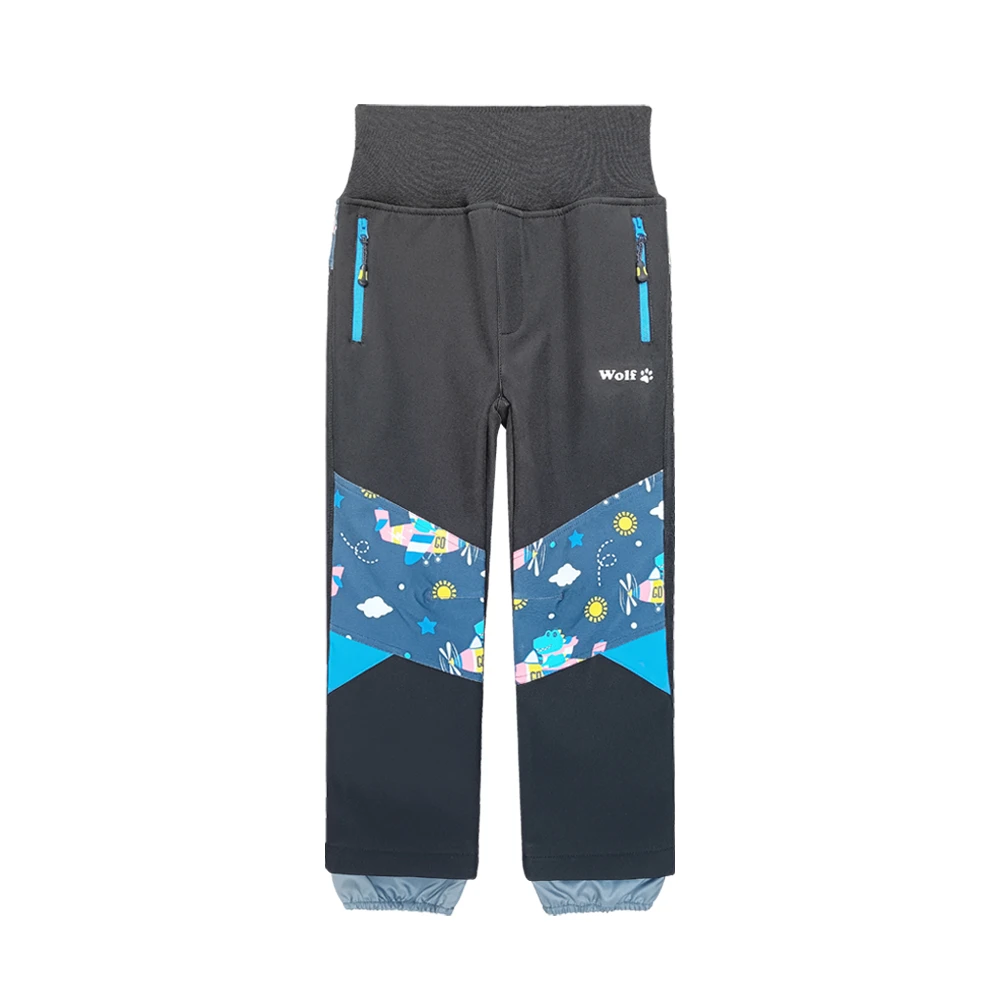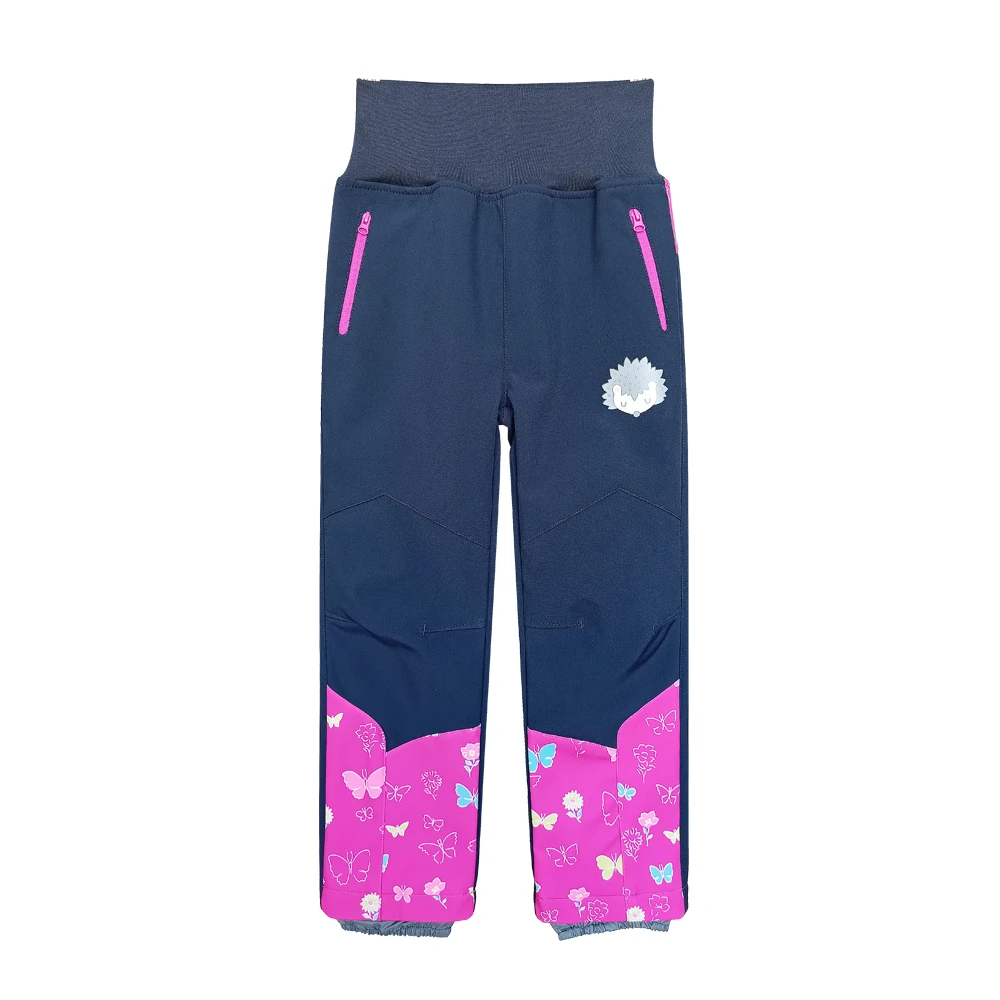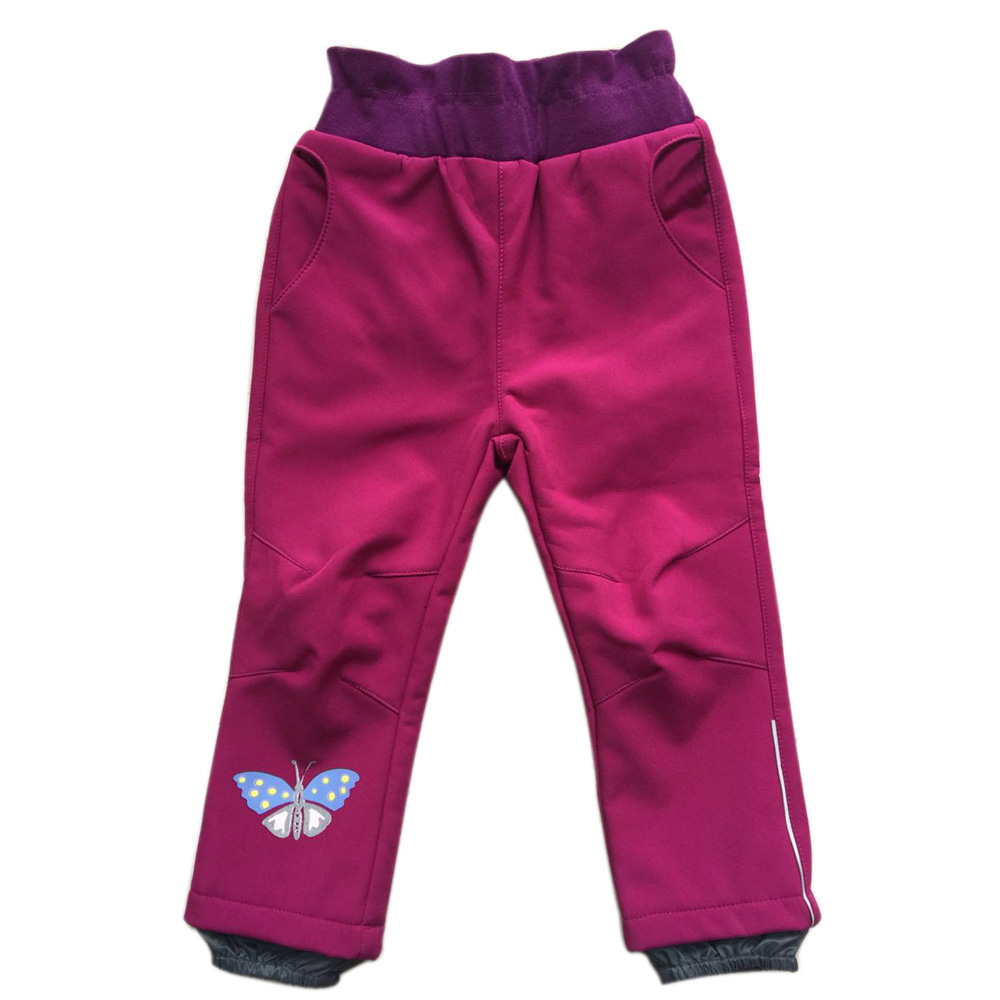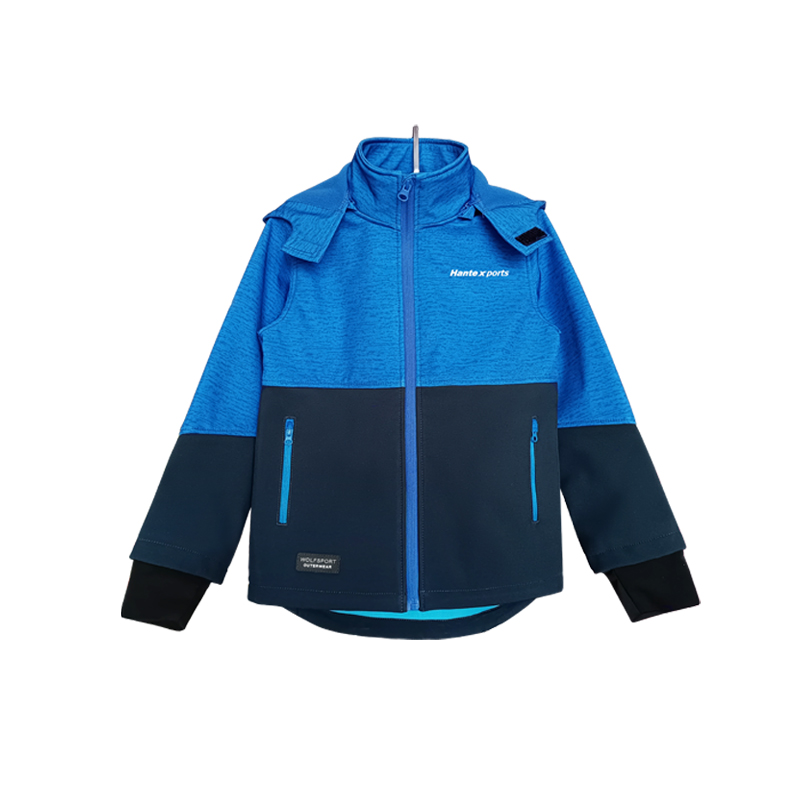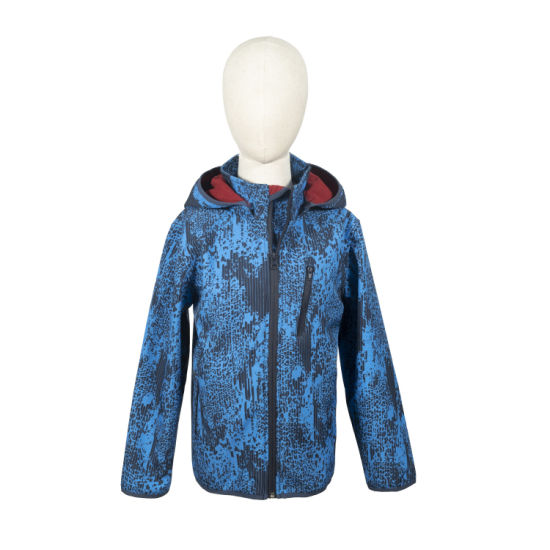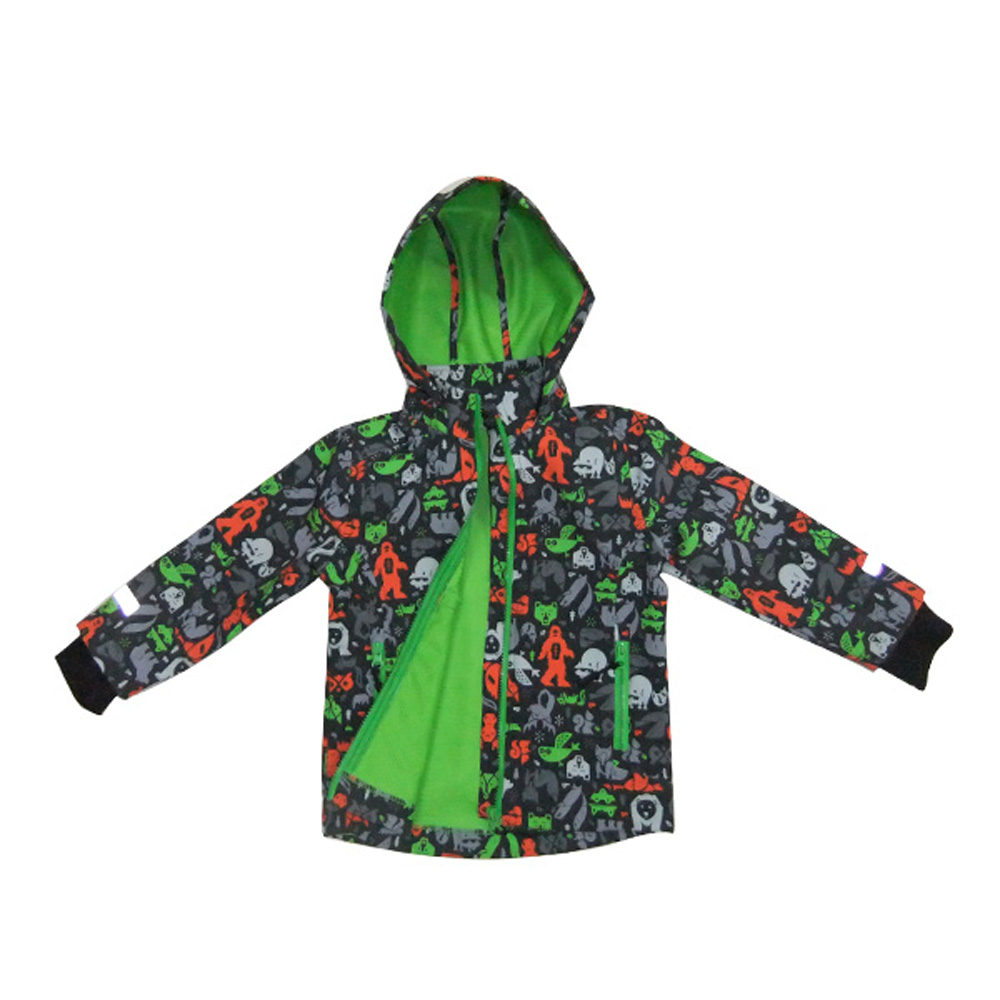Why Sports Team Wear Still Matters — More Than You Think
When you think of sports team wear, what often comes to mind is the latest jersey emblazoned with a cool logo or a color-coordinated outfit making players look sharp on the field. But beyond the flashy aesthetics, sports team wear plays a crucial role globally. From professional leagues to community clubs scattered across continents, uniforms are a symbol of identity, unity, and pride. They affect not only performance but also social cohesion and even economic opportunities.
With international sports generating billions in revenue annually — for context, FIFA World Cup ticket sales alone topped nearly $740 million in 2018 (source: FIFA official reports) — the demand for quality, functional, and sustainable sports team wear has never been higher. Understanding this niche market is key for manufacturers, designers, and even humanitarian organizations considering team-building initiatives or local sports promotion.
Mini Takeaway: Sports team apparel isn’t just about style; it is an industry that drives identity and offers practical benefits worldwide, from grassroots to global competitions.
Understanding Sports Team Wear: What It Really Means
Simply put, sports team wear refers to the clothing and accessories specifically designed and produced for sports teams. These garments are made to be functional, comfortable, and represent a team’s brand visually. This includes jerseys, shorts, socks, warm-ups, and even training gear.
In a broader sense, sports team wear now integrates technical fabrics tailored for sweat management, durability against rough play, and sometimes, eco-conscious materials. Many companies are also linking sportswear with social causes — like promoting inclusivity or sustainability — which adds a layer of humanitarian relevance to the work.
Modern sportswear production employs advanced textile technology and supply chain strategies recognized by standards like ISO 9001 for quality management, ensuring products meet both player needs and market demands.
Mini Takeaway: Sports team wear combines fashion, function, and sometimes social responsibility, making it a unique sector in apparel manufacturing.
What Makes Great Sports Team Wear? Core Components Explained
1. Durability
Sports team wear must endure rigorous physical activity and frequent washing. Strong stitching, abrasion-resistant fabrics, and colorfast dyes are essential. Durability means the gear lasts throughout a season without fraying or fading — which, frankly, saves money and hassle.
2. Comfort and Fit
Nobody performs well feeling restricted. Stretchable, breathable fabrics like polyester blends or moisture-wicking mesh help athletes stay cool and agile. Technologies such as anti-odor treatments also keep athletes fresh during extended play.
3. Scalability and Customization
Teams range in size and budget. Manufacturers need to offer scalable production runs and extend customization options such as logos, player names, and numbering. Digital printing and sublimation have made this faster and more accessible.
4. Cost-Efficiency
The balance between quality and price is crucial. Community clubs or schools often have tight budgets, so suppliers must innovate to offer durable yet affordable options — sometimes negotiating locally sourced materials to lower costs.
5. Sustainability
It’s becoming a non-negotiable. Use of recycled polyester, organic cotton, and eco-friendly dyes are industry trends to reduce environmental impact. Organizations like the Sustainable Apparel Coalition and ISO 14000 standards guide manufacturers in this.
Mini Takeaway: The best sports team wear hits the sweet spot among durability, comfort, cost, customization, and environmental conscience.
Global Applications: Who Benefits from Sports Team Wear?
From North America’s competitive leagues to the remote Pacific Islands’ community teams, sports team wear shapes athlete experience and team spirit worldwide.
- Professional and Amateur Sports: Around the globe, from the English Premier League to high school basketball in the US, team uniforms define and distinguish.
- Educational Institutions: Sporting events foster community pride; uniforms enhance this, especially in countries like Japan and Brazil.
- Nonprofit and Social Initiatives: NGOs run sports programs in disadvantaged or refugee communities, using team wear as tools for cohesion and confidence.
- Corporate and Promotional Events: Businesses often outfit teams in sportswear for charity runs or company leagues, blending branding and team-building.
For example, after the 2010 earthquake in Haiti, organizations delivered team kits to youth clubs to provide a sense of normalcy and unity. It was less about the game and more about hope.
Mini Takeaway: Sports team wear spans multiple sectors and geographies, playing a social and economic role well beyond the playing field.
Advantages and Long-Term Value of Investing in Quality Sports Team Wear
Good sportswear isn’t just about looking good on the pitch. The benefits ripple across financial, emotional, and social dimensions:
- Cost Savings: Durable kit means less frequent replacements.
- Sustainability: Eco-friendly materials reduce environmental footprints.
- Social Impact: Uniforms foster belonging, boosting morale and performance.
- Safety and Health: Proper moisture management and fit reduce injuries and overheating.
- Innovation Trust: Using state-of-the-art fabrics instills confidence among athletes and fans.
Emotionally, there’s something deeply satisfying about donning a uniform that “feels right” — it embodies identity and pride, qualities you can’t just slap on with a patch.
Mini Takeaway: Sports team wear’s value is as much emotional and cultural as it is practical and financial.
What’s Next? Future Trends in Sports Team Wear
The future of sports team wear feels exciting — with sustainability and technology as cornerstones.
- Smart Fabrics: Embedded sensors to monitor athlete metrics like heart rate or hydration.
- 3D Body Scanning: Customized precision fit for every player.
- Biodegradable & Recycled Materials: Reducing waste from production and end-of-life products.
- Digital Design Tools: Teams can preview kits virtually before ordering.
- Local Manufacturing: Using 3D knitting or on-demand printing to reduce shipping emissions.
Big brands are also integrating blockchain to certify genuine merchandise — a fight against fakes as sportswear becomes collectible.
Mini Takeaway: Innovation is blending function, sustainability, and digital savvy to transform team uniforms into smart gear.
Challenges Facing Sports Team Wear and How to Solve Them
Despite all progress, the industry still hits speed bumps:
- Affordability vs. Quality: High-tech fabrics can drive up costs — partly solved by economies of scale and material innovation.
- Supply Chain Disruptions: COVID-19 jolted manufacturing; diversifying suppliers and investing in local tech help buffer future shocks.
- Environmental Concerns: Fast fashion mentality still lingers; education and better recycling systems are vital.
- Customization Constraints: Teams want unique kits but small runs can be pricey — digital print tech is key here.
Manufacturers and brands are embracing circular economy models, allowing customers to return old kits for recycling credits, which feels like an elegant win/win.
Mini Takeaway: Challenges exist, but forward-thinking solutions and technologies bring hope for a more sustainable and affordable future.
Sports Team Wear FAQ
Q1: How important is fabric choice in sports team wear?
A1: Fabric choice is vital. Lightweight, breathable, and moisture-wicking materials help athletes stay comfortable and perform better. Synthetic blends like polyester with mesh panels are common because they're strong and dry fast.
Q2: Can small clubs afford customized sports team wear?
A2: Yes, advances in digital printing and on-demand manufacturing have lowered entry costs, allowing smaller organizations to get tailored gear without massive minimum orders.
Q3: Are sustainable materials as durable as traditional fabrics?
A3: Modern eco-friendly fabrics, including recycled polyester and organic cotton blends, have improved drastically in durability, often matching traditional materials in longevity and performance.
Q4: How long does typical sports team wear last?
A4: With proper care, well-made sportswear lasts about one to two seasons. More rugged items for contact sports may have shorter lifespans depending on intensity and washing frequency.
Q5: Where can I find sports team wear suppliers that offer sustainable options?
A5: Many brands now prioritize sustainability. Checking certifications like bluesign, OEKO-TEX, or partnering with vendors listed by the Sustainable Apparel Coalition ensures eco-friendly procurement.
Comparing Popular Sports Team Wear Vendors
| Vendor | Customization Options | Price Range | Sustainability Certifications | Turnaround Time |
|---|---|---|---|---|
| AthletiPro | Full digital print, embroidery, sublimation | $$$ (Mid-high) | bluesign, OEKO-TEX | 2-3 weeks |
| GreenGear Sports | Limited patterns, eco dyes, packaging | $$ (Budget friendly) | ISO 14001, Sustainable Apparel Coalition | 3-4 weeks |
| CustomKit World | Fully tailored including names, numbers, logos | $$$ (Mid-high) | OEKO-TEX, Fair Trade Certified | 1-2 weeks |
Sports Team Wear Product Specification Table
| Feature | Specification | Benefit |
|---|---|---|
| Material | Polyester blend with mesh panels | Lightweight, moisture-wicking |
| Customization | Sublimation, embroidery, heat press | Fast, vibrant branding options |
| Durability | Reinforced stitching, colorfast dyes | Long-lasting wear and color retention |
| Sustainability | Recycled polyester & eco dyes | Environmentally friendly production |
| Care | Machine washable, anti-odor treated | Easy maintenance, fresher wear |
In Conclusion: Why Your Team’s Wear is More Than a Uniform
The long game with sports team wear is about so much more than just a nice look. It carries messages of identity, unity, environmental care, and smarter resource use. For teams big and small, it’s about pride and performance, community and culture.
Curious to see some of the latest options in sports team wear? Head over to our site where innovation meets tradition — perfect for your next season, campaign, or community project.
After all, the right gear isn’t just worn — it’s lived.
References:
1. Wikipedia: Sports Uniform
2. ISO 9001 Quality Management
3. Sustainable Apparel Coalition
